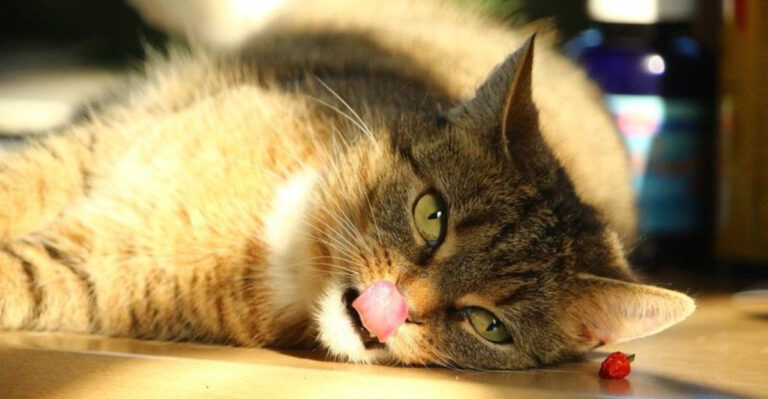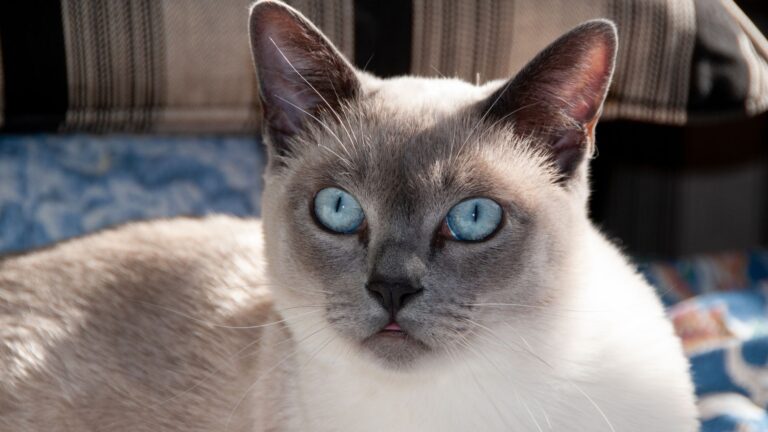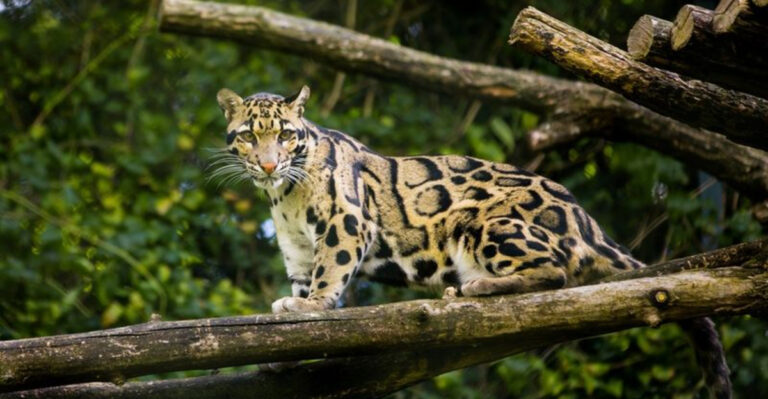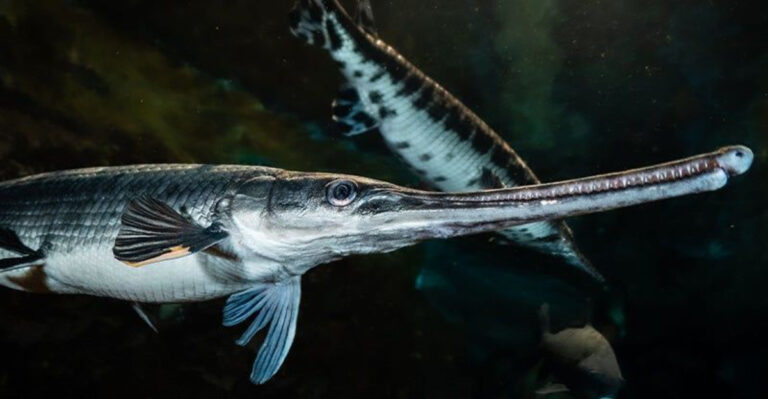7 Rarest Parrots In The World And 6 That Are Loud, Proud, And Everywhere
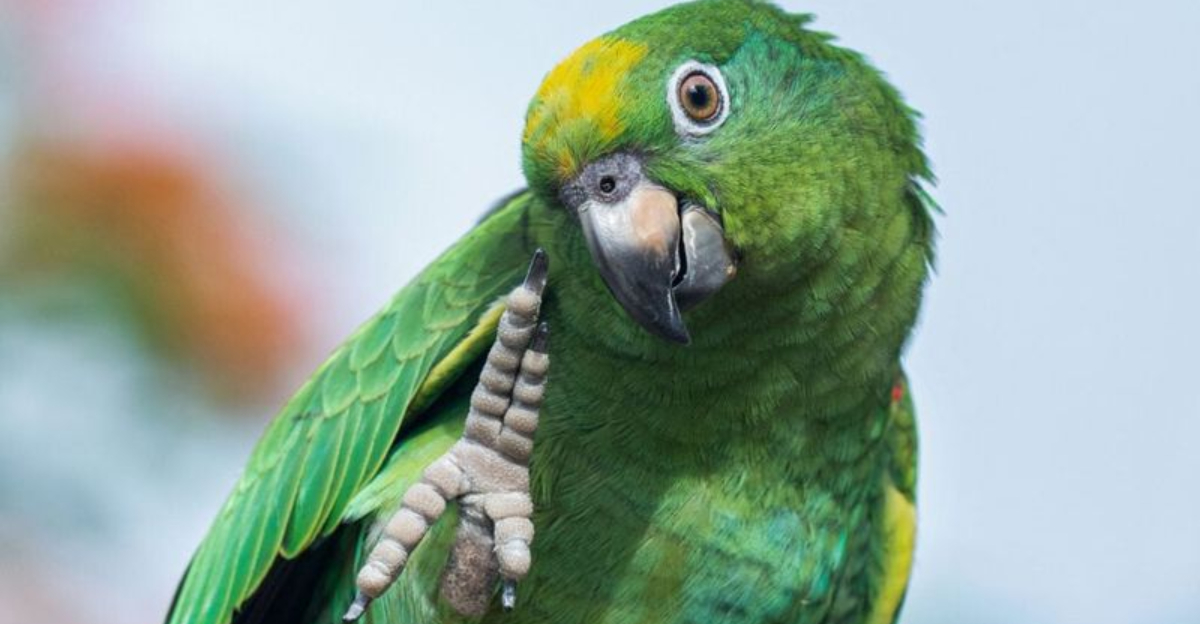
Have you ever wondered which parrots are nearly impossible to spot in the wild versus those you might see at your local pet store?
Our feathered friends come in all shapes, sizes, and noise levels! Some parrot species are hanging on by a thread in remote corners of the world, while others have adapted so well to human environments that they’re practically neighbors.
1. Spix’s Macaw: The Ghost Of Brazilian Skies
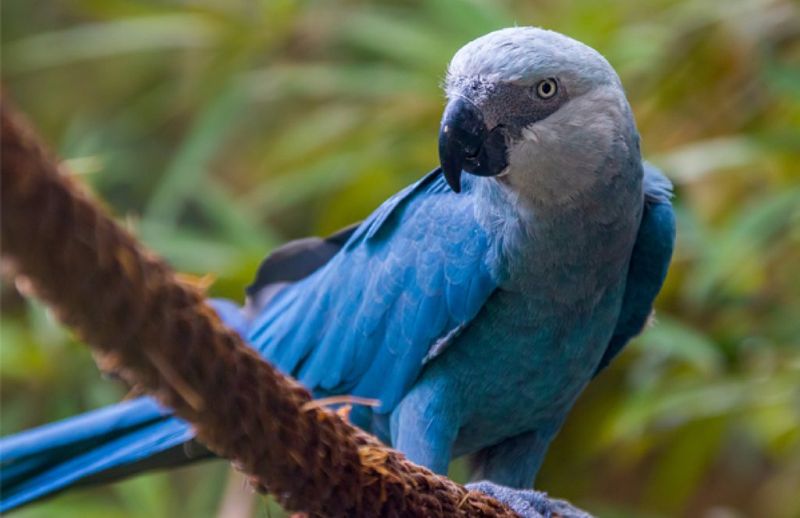
Bright blue and heartbreakingly beautiful, the Spix’s Macaw gained worldwide fame through the animated movie “Rio.” What many don’t realize is that this parrot is actually extinct in the wild.
The last known wild bird disappeared in 2000, leaving only a small captive population. Conservation programs are working tirelessly to breed these birds with hopes of future reintroduction to their native habitat.
2. Kakapo: The Flightless Night Owl
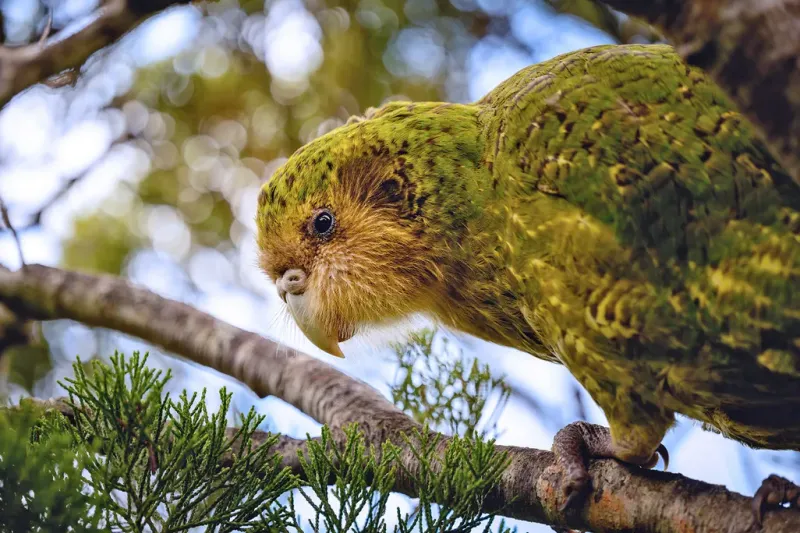
Imagine a chubby, moss-green parrot that can’t fly but can climb trees like a champion. That’s the Kakapo! This odd nocturnal bird from New Zealand smells like honey and makes booming calls that can travel for miles.
With fewer than 250 individuals left, every Kakapo has a name and its own human guardians. They can live up to 90 years but breed so rarely that each successful chick is celebrated like a national hero.
3. Philippine Eagle-Parrot: The Forest Phantom
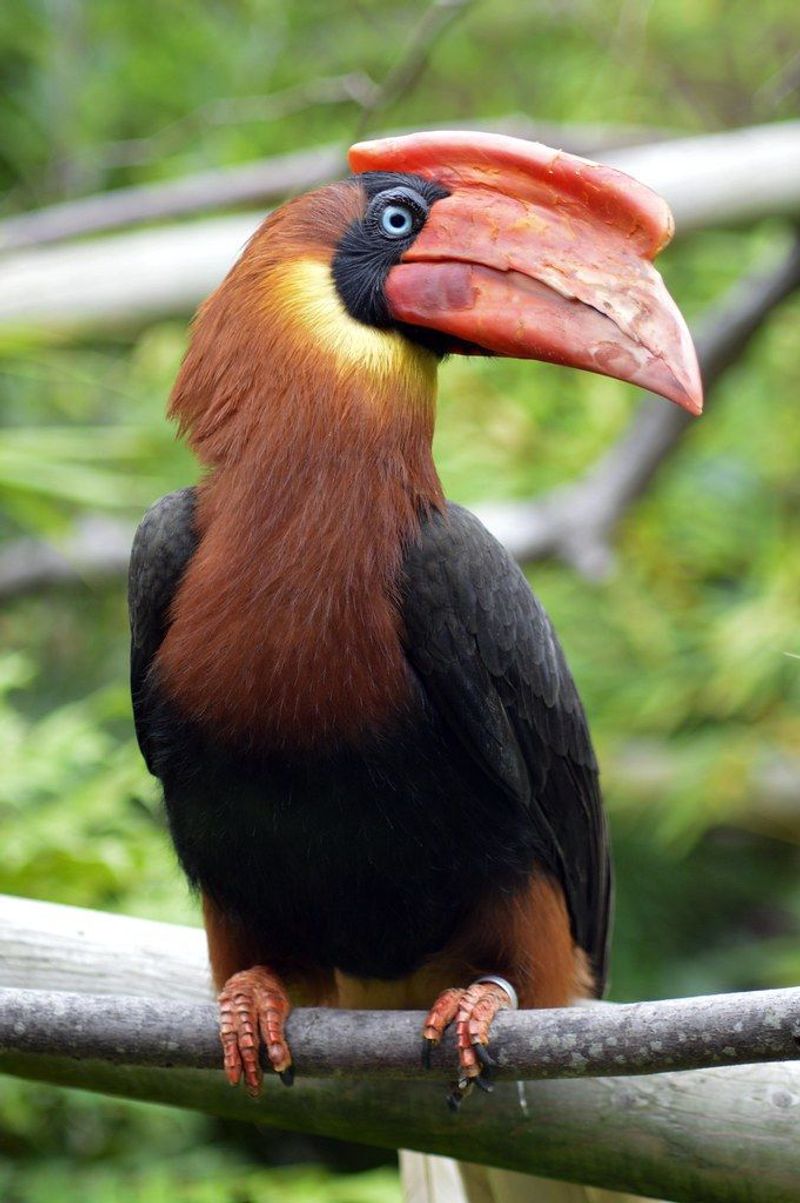
Looking more like something from a fantasy novel than real life, the Philippine Eagle-Parrot sports a dramatic red crest and blue-green plumage. Locals call it “Kalangay,” and spotting one is considered extraordinary luck.
Forest destruction has pushed these birds to the brink. Scientists estimate fewer than 130 remain in the wild, scattered across just four islands. Their mysterious nature makes them difficult to study – many Filipinos have never seen one despite living near their habitat.
4. Blue-Throated Macaw: Bolivia’s Living Jewel
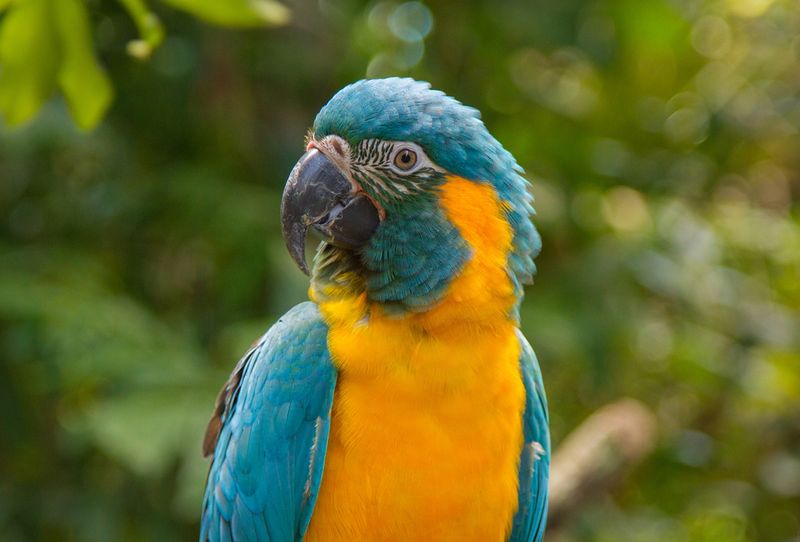
With its stunning turquoise throat contrasting against golden-yellow underparts, the Blue-throated Macaw looks like a living sunset. Found only in a small region of Bolivia, these birds form lifelong pairs that stay together even outside breeding season.
Cattle ranching destroyed much of their habitat, and poachers targeted them for the pet trade. With approximately 400 left in the wild, conservation groups now work with local communities to protect nesting sites and create artificial nest boxes.
5. Swift Parrot: The Tiny Traveler
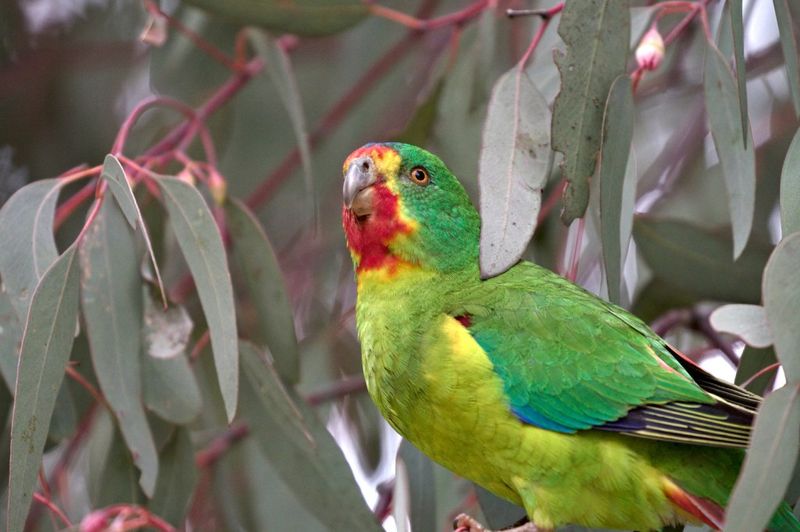
Don’t let its small size fool you – this colorful parrot undertakes epic journeys! Swift Parrots fly over 2,000 miles round trip between Tasmania and mainland Australia each year, all while weighing less than a smartphone.
Forest clearing for agriculture and introduced predators have devastated their population. With fewer than 2,000 birds remaining, they face another unusual threat – sugar gliders, which were introduced to Tasmania and now raid their nests at night.
6. New Caledonian Lorikeet: The Vanishing Rainbow
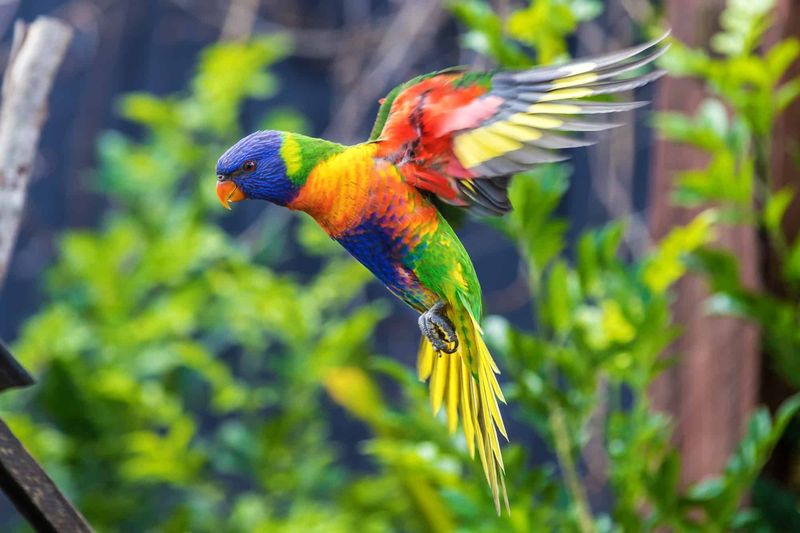
Last photographed in 1976, the New Caledonian Lorikeet might already be gone forever. This tiny, rainbow-colored parrot once flitted through mountain forests on a remote Pacific island, feeding on nectar with its specialized brush-tipped tongue.
Introduced rats likely caused their disappearance by eating eggs and chicks. Despite several expeditions to find them, none have been confirmed for decades. Some locals claim to have glimpsed them in remote valleys, keeping a flicker of hope alive.
7. Night Parrot: Australia’s Desert Ghost
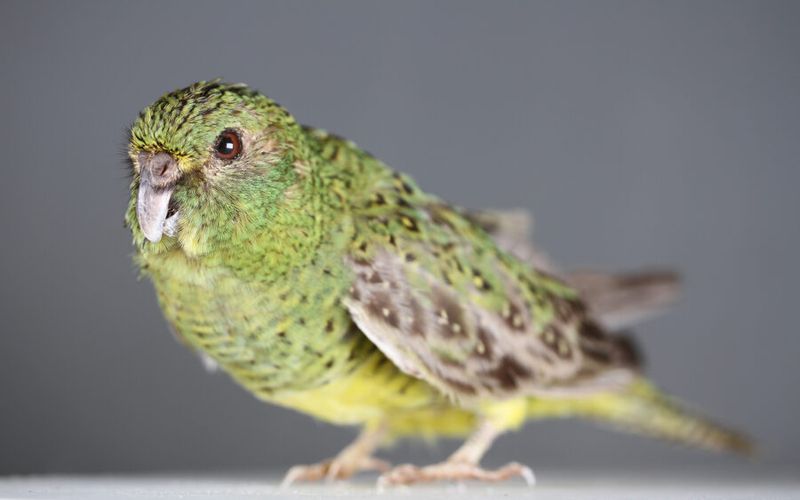
Considered the Holy Grail of bird watching, the Night Parrot was thought extinct for over 100 years until its rediscovery in 2013. These secretive, ground-dwelling parrots emerge only after sunset in remote Australian deserts.
Their yellowish-green plumage blends perfectly with spinifex grass. So few exist that researchers won’t reveal their locations to protect them from disturbance. Their calls, recorded only recently, sound like soft bells in the wilderness – a sound almost no human has heard.
8. Budgerigar: The Backyard Companion
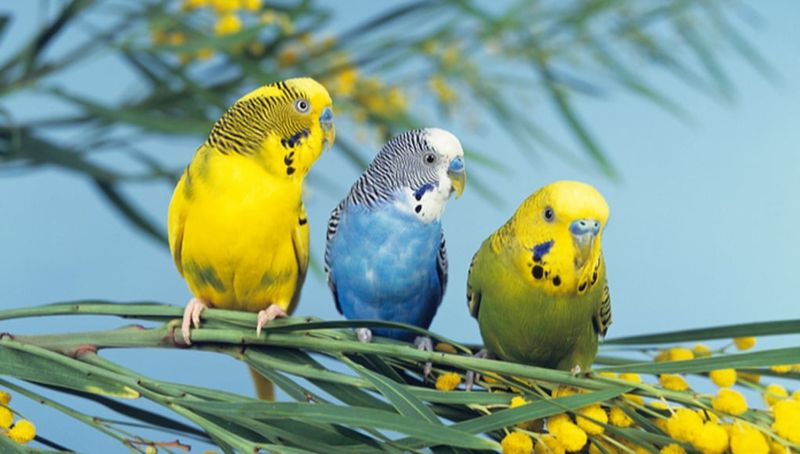
Wild budgies form flocks so massive they look like living clouds swooping across the Australian outback. These tiny parrots have become one of the world’s most popular pets, with color variations ranging from blue to yellow to white.
Their incredible ability to mimic human speech has earned them a special place in our homes. The record-holding budgie, named Puck, mastered over 1,700 words! Their cheerful personalities and affordable price make them perfect starter birds for many families.
9. Monk Parakeet: The Urban Invader
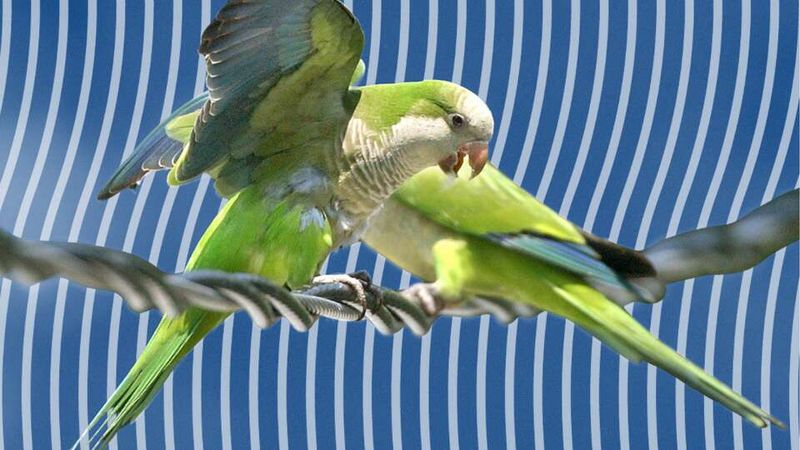
These bright green troublemakers with gray chests have established wild colonies in cities across America and Europe despite being native to South America. Unlike most parrots, Monk Parakeets build massive stick nests that can house multiple families – sometimes on power poles, causing blackouts!
Their adaptability is legendary. From snowy Chicago winters to Miami heat, they thrive where other tropical birds couldn’t survive. Some cities have love-hate relationships with these noisy settlers, alternating between control efforts and protective ordinances.
10. Indian Ringneck Parakeet: The Chatty Aristocrat
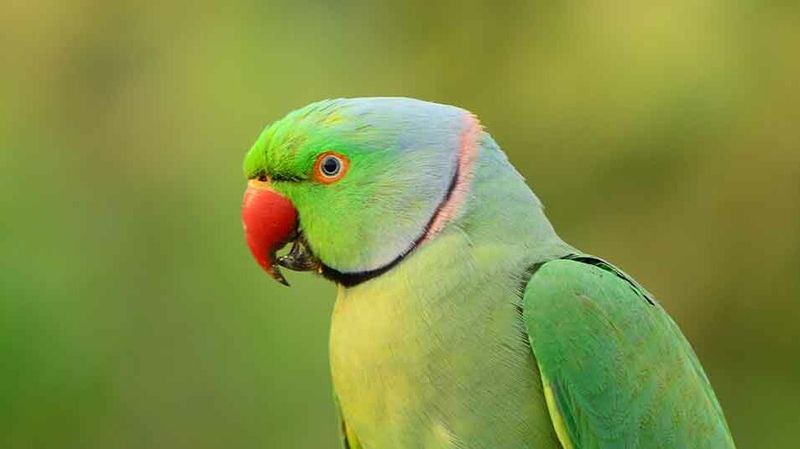
With their slender bodies, long tails, and distinctive neck rings, Indian Ringnecks look like they’re wearing fancy necklaces. Originally from Asia, these escaped pets have established wild populations in over 35 countries from England to Australia.
Their clear speaking ability makes them social media stars. Videos of talking Ringnecks regularly go viral with their sassy personalities and perfect pronunciation. Despite their elegance, they’re agricultural pests in many regions, devouring fruit crops with remarkable efficiency.
11. Cockatiel: The Whistling Companion
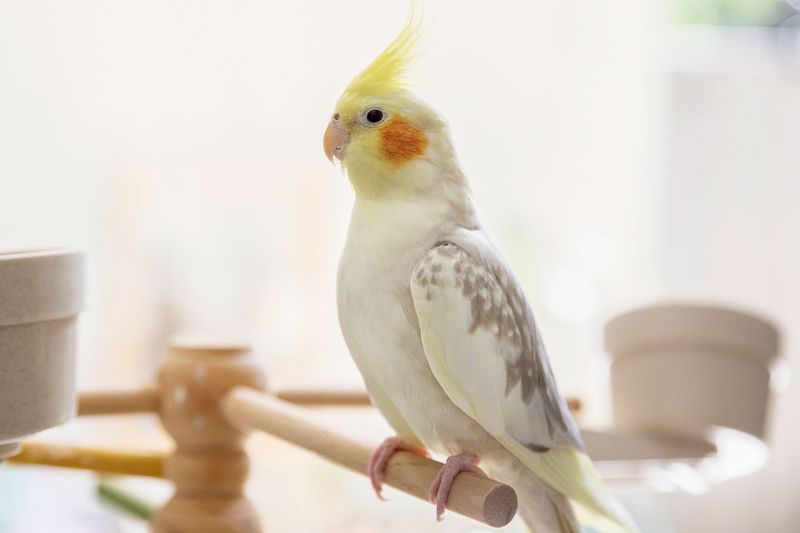
Those distinctive yellow faces with orange cheek patches and perky crests have made cockatiels fixture in homes worldwide. Wild cockatiels still roam Australia’s interior in nomadic flocks, following water and food sources across vast distances.
Males are natural performers, learning to whistle entire songs with impressive accuracy. Their gentle temperament makes them excellent companions for apartments and families. When happy, they’ll bob their heads and spread their crests like tiny rock stars enjoying applause.
12. Sulphur-Crested Cockatoo: The Screaming Comedian
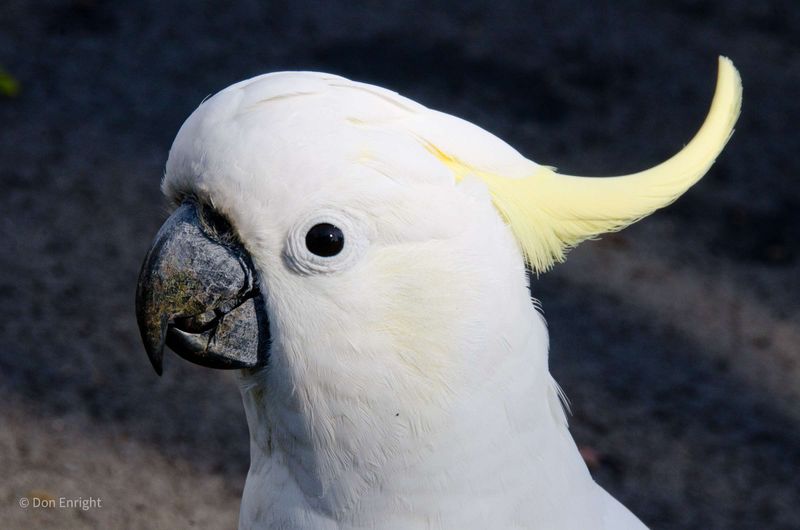
Australia’s iconic white parrots with bright yellow crests are known for their ear-splitting screams and mischievous antics. They’ve adapted brilliantly to urban environments, learning to open trash bins and even teaching this skill to others in their flock.
Their intelligence makes them fascinating but challenging pets. Wild cockatoos can live 70+ years, with some captive birds outliving multiple human owners. Their powerful beaks can crack macadamia nuts or destroy wooden furniture with equal ease, making them both beloved and occasionally despised.
13. Amazon Parrot: The Lifetime Talker
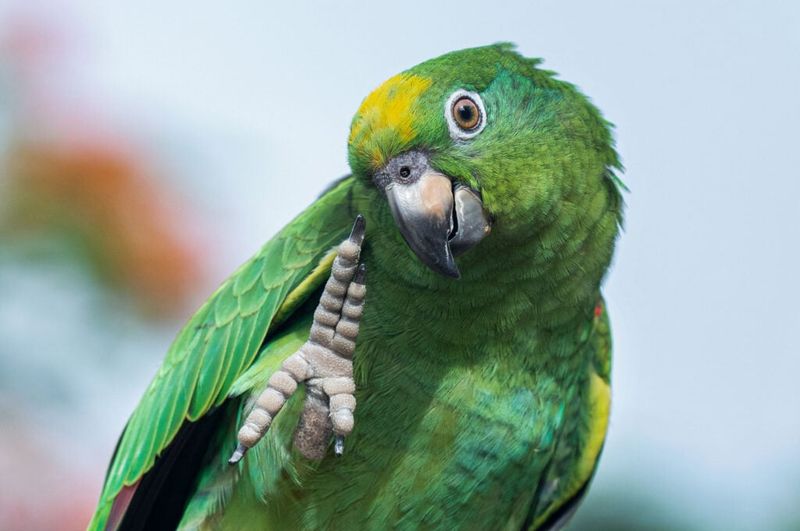
With their stocky bodies and predominantly green plumage, Amazon parrots have personality that far exceeds their medium size. Several species, particularly Yellow-headed and Double Yellow-headed Amazons, have exceptional talking abilities that rival African Greys.
Their boisterous nature means they’re rarely quiet. Morning and evening “concerts” are standard, with calls that can be heard blocks away. Despite being common in captivity, wild populations face pressure from habitat loss and capture for the pet trade throughout Central and South America.

